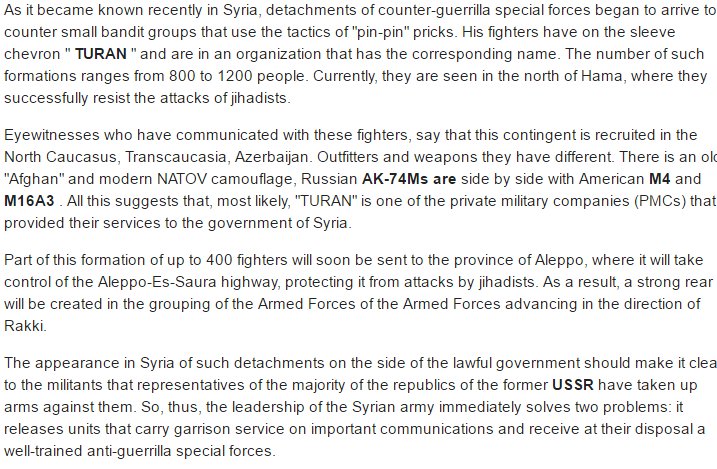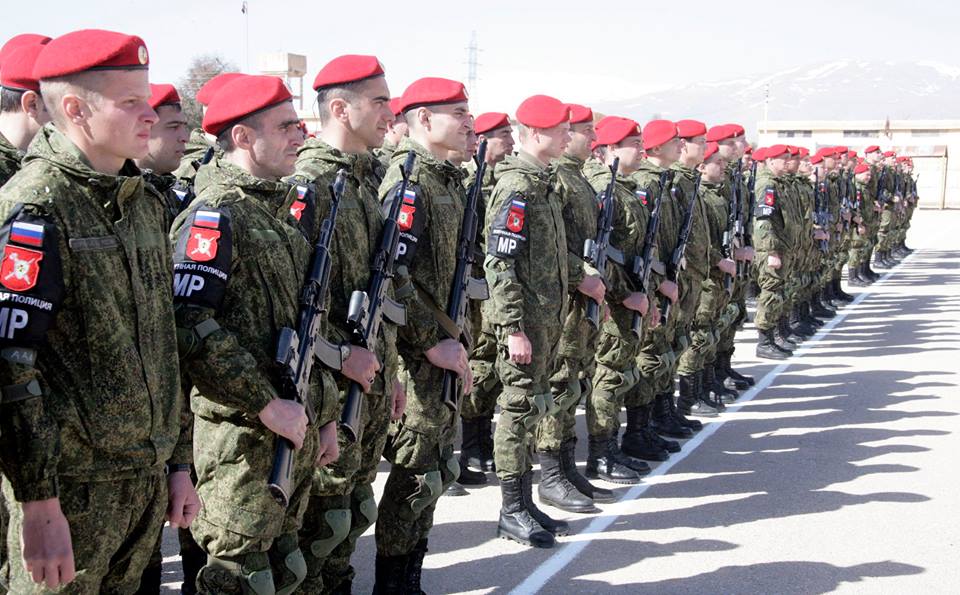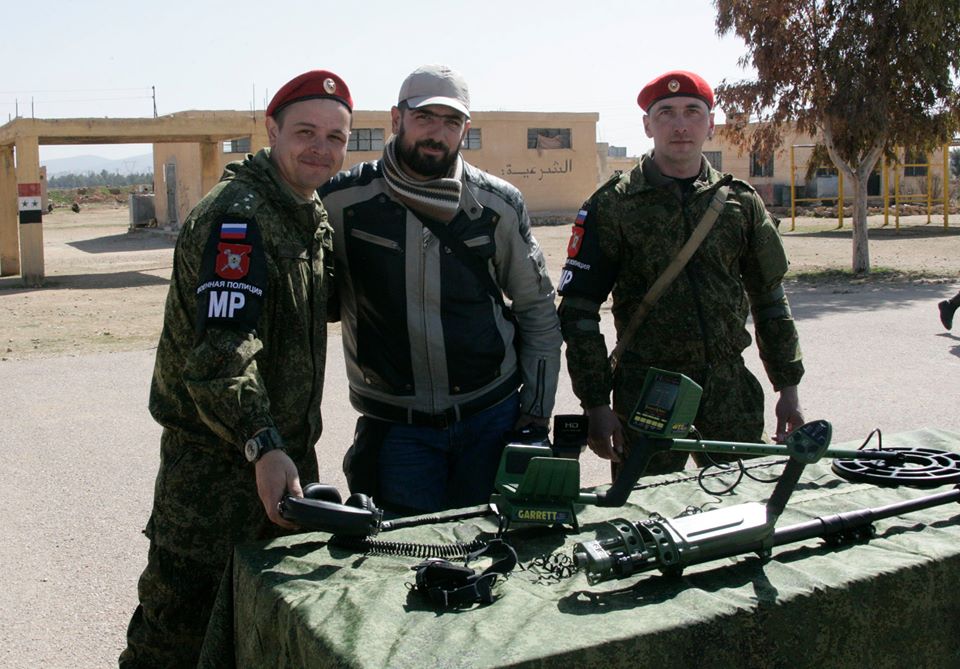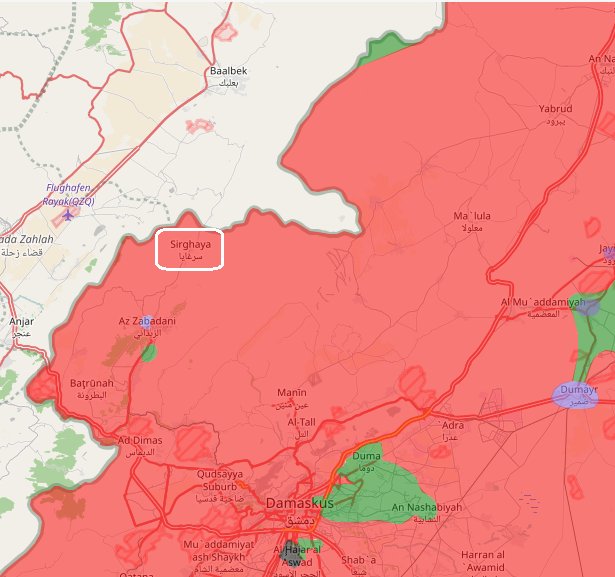Excellent and very interesting analysis, thanks for posting it. Here is another view from the UScalm wrote:Once more, great article from Elijah
Has Russia asked Hezbollah to leave Syria?
WASHINGTON (AP) — The United States has proposed to Russia a plan for managing an increasingly complex battlefield in Syria’s main oil-producing region, where U.S.-backed forces fighting Islamic extremists are in conflict with Russian-backed Syrian forces.
Marine Gen. Joseph Dunford declined to describe the proposal in detail, but said the Russian military is eager to find ways to avoid an armed U.S.-Russian conflict in the area around Deir el-Zour on the Euphrates River. The U.S. sees that area, from Deir el-Zour down the Euphrates River Valley to al-Qaim on the Iraqi side of the border, as the next major battleground in the evolving coalition campaign to destroy the Islamic State group. “We have a proposal that we’re working on with the Russians right now,” Dunford said at a news conference with Defense Secretary Jim Mattis. “I won’t share the details, but my sense is that the Russians are as enthusiastic as we are to de-conflict operations and ensure that we continue to take the campaign to ISIS and ensure the safety of our personnel.” Asked whether the proposal to Russia would address the problem of a Syrian army presence in Deir el-Zour, Dunford said, “It will. It will. And we’ve talked about that as a specific area that requires” avoiding U.S.-Russian conflict.
Russia’s support for the Syrian government is a complicating factor in the battle to rid Syria of IS. That was demonstrated on Thursday when the U.S. bombed a contingent of pro-Syrian government forces in southeastern Syria that Mattis said were advancing in a threatening way toward a rebel camp near the Jordanian border where U.S. advisers were present. Mattis told reporters those forces targeted by airstrikes were “Iranian-directed forces.”
Russia on Friday denounced the U.S. airstrike. “Whatever the reason for the U.S. strike was, it was illegitimate and marked another flagrant violation of Syria’s sovereignty,” Russian Foreign Minister Sergey Lavrov said in Cyprus.
Three years into America’s campaign, President Donald Trump is pushing for an accelerated campaign to destroy IS. He hasn’t yet announced results of a strategy review he ordered from the Pentagon in late January. But Mattis said Friday that Trump approved a recommendation for a “tactical shift” toward surrounding IS militants in their strongholds, such as the Syrian city of Raqqa, so that the foreign fighters among them cannot return to their home countries.
“By taking the time up front to surround these locations, instead of simply shoving them from one to another and actually reinforcing them as they fall back ... we now take the time to surround them,” Mattis said. “And why do we do it? Because the foreign fighters are the strategic threat should they return home to Tunis, to Kuala Lumpur, to Paris, to Detroit, wherever. Those foreign fighters are a threat. So by taking the time to de-conflict, to surround and then attack, we carry out the annihilation campaign so we don’t simply transplant this problem from one location to another.”
Much fighting remains to fully expel IS from Mosul in northern Iraq, and the battle for Raqqa has barely begun.
But the follow-on battle lines are already clear. They will be drawn from Deir el-Zour, which has come under increasing U.S. aerial bombardment, to the western Iraqi city of al-Qaim. The Pentagon refers to this area as the Middle Euphrates River Valley. IS leaders and operatives have gravitated there in apparent anticipation of losing Mosul and Raqqa.
The coalition bombed an IS fighting unit and an IS vehicle near Deir el-Zour on Thursday. U.S. Central Command on Friday also mentioned five airstrikes targeting IS oil infrastructure near Abu Kamal, the Syrian city across the border from Iraq’s al-Qaim.
Post-Mosul and post-Raqqa, the intent will be to militarily squeeze this stretch of territory from each end, according to U.S. officials.
American forces would support a group of Syrian Arab and Kurdish fighters known as the Syrian Democratic Forces driving southeast along the Euphrates from Raqqa toward Deir el-Zour, said the officials, who weren’t authorized to speak publicly on the military details and demanded anonymity. At the same time, Iraqi government forces, also supported by U.S. advisers and airpower, would advance toward al-Qaim. A separate U.S.-backed group of Syrian rebels would push up from the south to block IS escape routes, the U.S. officials said. Deir el-Zour presents an especially tricky challenge because the Syrian military has a base there and the U.S. has avoided tangling with Syrian President Bashar Assad’s forces other than an April 7 cruise missile strike.
The overall outlook is further clouded by the Syrian government’s announcement this month of a new military push aimed at reasserting its authority in east, including in Deir el-Zour and the remote desert area near Syria’s borders with Jordan and Iraq. Syrian Foreign Minister Walid al-Moallem said last week “the main goal” is to reach Deir el-Zour, an oil-producing region that was largely captured by IS during its great expansion of territory three years ago.
While the Middle Euphrates River Valley corridor may be the next key battleground, U.S. officials believe it will not be the last. There are other pockets of extremist control in Iraq, including Hawija, west of Kirkuk.
https://apnews.com/47f1309c2b614cc5863cb70399d09ea1



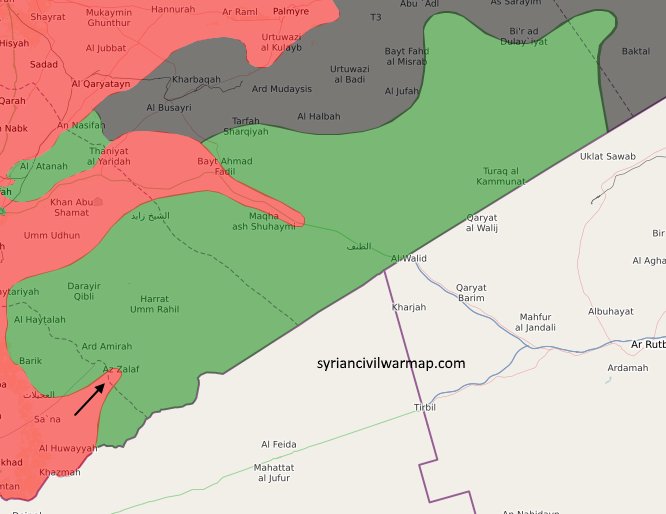



 SeigSoloyvov
SeigSoloyvov




